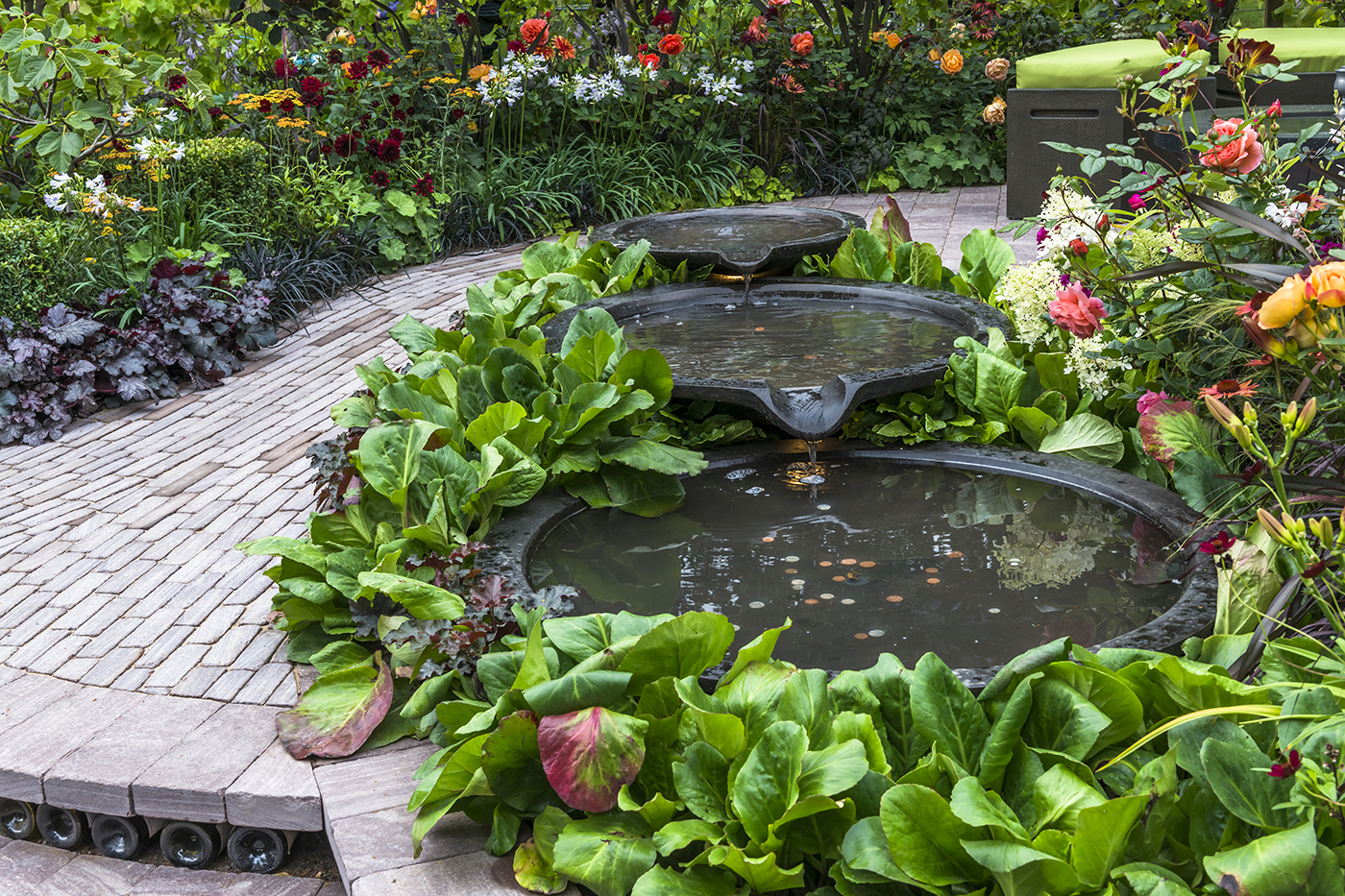You've no doubt felt the urge to get your hands dirty by gardening and creating an attractive garden area for your yard. But, you don't have to limit your design to just the fun of the mill planter box or lush green lawn. With a little work and some easy DIY projects, you can make your garden one-of-a-kind.
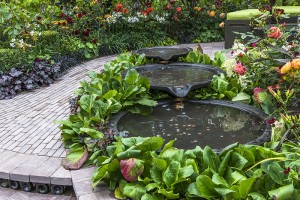 First Consider Your Environment
First Consider Your Environment
Your garden's environment should be the starting point for your ideas. If your climate is rainy or dry, rather than a combination of the two, choose plants suited for local weather conditions. By choosing native plants, you'll create a sustainable garden that's even budget-friendly to boot, since you won't be paying for increased water or energy usage. Native plants are also easier to maintain, which make them an easy choice for boosting the curb appeal of your home.
1. Meadow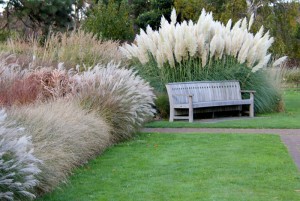
Reduce both effort and expense by replanting part of your lawn with a meadow of native grasses. Naturally occurring grass-like plants can provide rich texture for a sunny area and only require trimming two or three times a year. In the Northeast, appropriate grasses include switchgrass or sweet flag. Yellow Indiangrass or Inland sea oats work well in the Southeast and Midwest. Mexican feathergrass and alkali sacaton grow well in the arid regions of the Rocky Mountains and the Desert Southwest. If you live on the Pacific Coast, consider planting deer grass or California fescue.
2. Fern Garden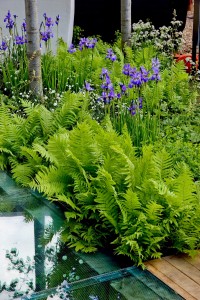
Ferns grow very well in shady areas when almost nothing else does and look especially nice if there are rocks in the soil. In the East, take a look at holly ferns or hay-scented ferns. Maidenhair ferns come in Northern and Southern varieties. Wood ferns make an attractive addition to any garden, and some are available in evergreen varieties that keep their leaves through the winter. Just remember to be careful when choosing ferns, as some types spread through underground shoots and can quickly grow out of control.
3. Rain Garden 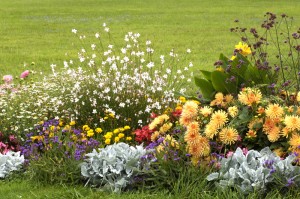
A rain garden is an option for a ditch or depression where rainwater tends to gather, such as next to a porch or deck. If you install the garden near a downspout or other outlet, the plants will soak up the runoff and prevent excess water from clogging the drain or eroding the land. Many plants native to rainy areas do well in rain gardens. Add a bed of rocks to reduce the scouring effect of heavy concentrated runoff.
4. Permeable Paving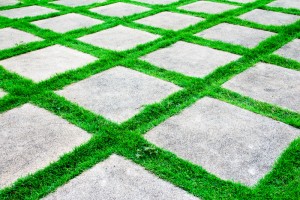
Consider permeable paving for your patio or driveway when you want to capture natural rainfall for your garden. Paving is available in many styles with varying degrees of "openness," ranging from a honey-combed paving grid to a type of poured concrete called "pervious" that allows water to soak through it. If your front lawn is narrow and deep, consider replacing your driveway with a paving grid that seems to disappear as the grass grows through it. You'll increase curb appeal with a wide, sweeping front lawn.
5. Oasis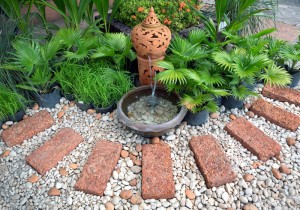
If you can manage it, create an oasis in your garden instead of a patio or deck. Make a water or plant feature the focus of your oasis, and build a path that circles the oasis. Create a quiet retreat by adding a hedge or shrub border to separate the area from the rest of the yard.
Remember that it can take several years for the plantings to mature, but if you're patient, you can create a uniquely striking landscape around your home.


